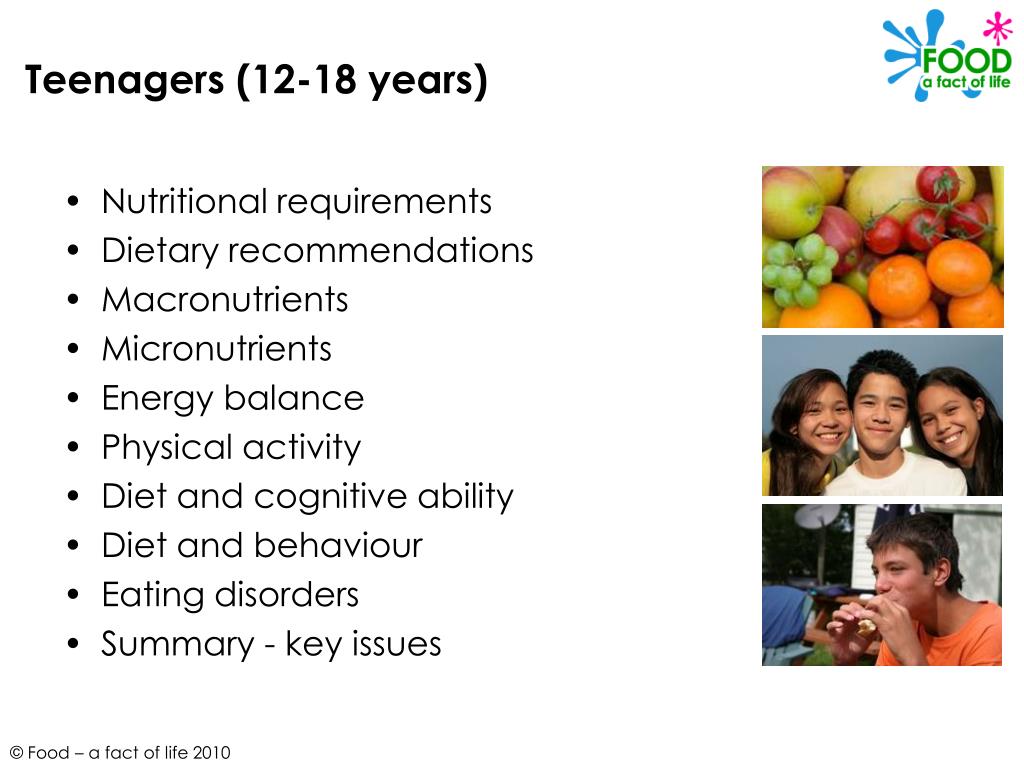Introduction to Clinical Excellence
In the ever-evolving field of physical therapy, achieving clinical excellence is paramount. Clinical excellence isn’t just about having advanced skills; it’s a comprehensive approach to patient care, demanding continuous education, research integration, and a patient-centered mindset. If you’re looking to master PT and distinguish yourself in the field, understanding and applying these principles is essential. Striving for clinical excellence involves more than just knowledge. It’s about commitment to lifelong learning, critical thinking, and consistently enhancing patient care practices. These elements work in synergy to ensure that practitioners are not only proficient but also exceptional in delivering healthcare services. Excellence in clinical practice leads to improved patient outcomes and satisfaction, thereby reinforcing the trust placed in healthcare professionals.
The Importance of Clinical Excellence
Why strive for clinical excellence? It goes beyond enhancing technical skills—it’s about improving patient outcomes, fostering trust, and elevating the standards of care. High-quality care not only benefits patients but also enhances the reputation of healthcare practitioners and institutions. Clinicians who prioritize excellence are better equipped to adapt to the dynamic nature of healthcare, ultimately leading to better health outcomes and patient satisfaction. Additionally, maintaining high standards in clinical practice sustains professional development and enriches the overall healthcare ecosystem.
Core Competencies for Clinical Excellence
Mastering clinical excellence involves honing core competencies. These include critical thinking, effective communication, empathetic patient care, and precise diagnostic and intervention skills. These competencies form the backbone of superior patient care. Developing these abilities requires continuous practice and reflection, ensuring that practitioners can navigate complex clinical situations with confidence and expertise. Critical thinking allows clinicians to analyze and solve problems effectively, while effective communication ensures that patients fully understand their treatment plans, fostering a collaborative patient-practitioner relationship.
Continuing Education and Its Role
Sustaining clinical expertise is greatly dependent upon continuing education. Keeping up with the most recent findings, methods, and developments guarantees that professionals offer the most cutting-edge care. Healthcare workers need to embrace this lifelong learning process. Taking part in workshops, conferences, and professional development courses is a good strategy for staying current on developments in the field and improving clinical skills. Updating one’s knowledge and abilities on a regular basis helps patients, as well as practitioners, feel more competent and confident when providing high-quality care.
Incorporating Evidence-Based Practice
Clinical excellence requires a fundamental integration of evidence-based practice. Therapists can improve the quality and results of patient care by making well-informed judgments based on current research and clinical recommendations. In evidence-based practice, the patient’s particular values and circumstances are taken into account while combining individual clinical skills with the best available external clinical evidence from systematic research. Better health results and patient satisfaction result from this strategy, which guarantees that treatment programs are both realistic and customized to meet the unique needs of each patient.
Improving Patient Outcomes
- Implement patient-centered approaches that focus on the individual’s needs and preferences.
- Utilize data to track progress and make informed adjustments to treatment plans.
- Adjust treatment plans based on evidence to ensure the most effective interventions are being used.
- Engage in patient education to empower individuals with the knowledge to participate actively in their care.
By implementing these tactics, medical professionals can significantly enhance patient outcomes. In patient-centered approaches, treatment plans are developed in consultation with patients, taking into account their goals and way of life. Clinicians are able to assess the success of interventions and make the required modifications by tracking progress through data. Evidence-based modifications guarantee that the most recent and efficient procedures are used. Ultimately, patient education creates a sense of empowerment and cooperation in the healing process by providing people with the information they need to make decisions about their health.
Interdisciplinary Collaboration
Interdisciplinary collaboration is vital in achieving clinical excellence. Working with other healthcare professionals ensures comprehensive patient care. This collaborative approach leads to more holistic treatment plans and improved patient outcomes. Engaging in regular team meetings, sharing insights, and valuing each member’s expertise contribute to a cohesive healthcare delivery system. Interdisciplinary collaboration also facilitates the exchange of specialized knowledge, enabling practitioners to address complex medical conditions more efficiently and effectively.





